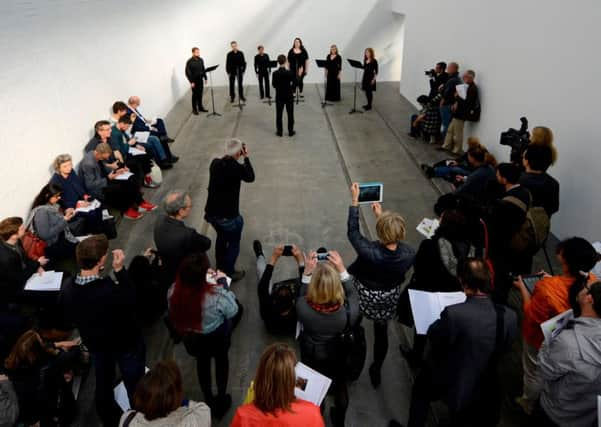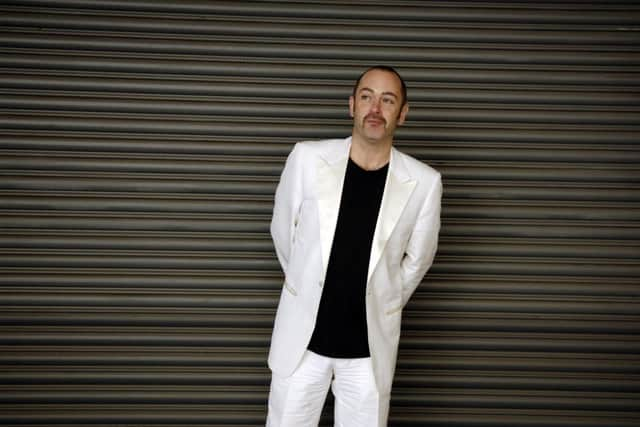Can Glasgow keep its place at the forefront of contemporary art?


The Turner Prize, the best-known art competition in the UK, will this year be awarded at Glasgow’s Tramway on December 7.
The prize, established in 1984, is awarded to a British artist under 50 for an outstanding exhibition or presentation.
Advertisement
Hide AdAdvertisement
Hide AdThere are no Glasgow artists shortlisted for this year’s prize, but you don’t have to look far for previous winners.


From 2009 to 2011, the winner of the Turner Prize was either from the city or trained at Glasgow School of Art (GSA).
Following a two-year gap, the prize returned to Glasgow in 2014 when it was claimed by Irish video artist Duncan Campbell – another GSA alumnus.
Douglas Gordon achieved two firsts with his 1996 Turner win, as the first Glasgow artist to take the title and the first to be recognised for a video installation.
Accepting the award in London, Gordon said thanks to his family “and to my other family, the kind of Scotia Nostra… they know who they are.”
This joking reference to the close-knit nature of the Glasgow art scene seems strangely prescient given the success it would subsequently enjoy.
But can the city continue at the forefront of the UK’s contemporary arts scene?
“Glasgow has been a hub for artists since the early 20th century and the days of the Glasgow Boys,” said Frank To, a painter based in the city who is writing an essay on the subject.
Advertisement
Hide AdAdvertisement
Hide Ad“It has a long history of promoting the best in Scottish art. Even when I was studying in England, the influence of artists like Peter Howson and Ken Currie stuck with me, but there was always this idea that you if you wanted to make it you had to move down to London.
“But London is very expensive for artists to operate. It remains important as a centre for the arts, but Glasgow is much more affordable for artists from different levels. A lot of European artists are based here, and the city has a great reputation for offering artists’ residences and international art projects.
“Contemporary art spans different fields – from installations to sculpture to video art. Despite the shift in disciplines, Glasgow still caters for all artists. It doesn’t follow a set fashion. You’re left to share your ethos with similar minded people.
“I don’t think any other city in the UK offers as much support to artists as Glasgow. Without disclosing too much detail, the rent of my studio for a month in Glasgow would be the equivalent of a week in London.”
Moira Jeffrey, art critic for The Scotsman, said the city’s reputation as a leading centre for contemporary arts could not be taken for granted.
“It is artists not institutions who have created Glasgow’s leading place in the visual arts; it is down to its dynamic artistic community and the artist-led organisations who have developed from the grassroots up,” she said.
“Funding bodies have invested in excellent studio provision and superb production facilities, and the city attracts important artistic, curatorial and technical talent form across the UK and overseas.
“But we shouldn’t take anything for granted about the future. It still feels fragile when it comes to funding the kind of artist-led activity that has made the city’s reputation.
Advertisement
Hide AdAdvertisement
Hide Ad“The contemporary commercial galleries need serious investment to support their reach to collectors overseas and the infrastructure for contemporary exhibition facilities and public collections haven’t developed hugely in the last two decades, despite the city’s role at the forefront of artistic innovation.”